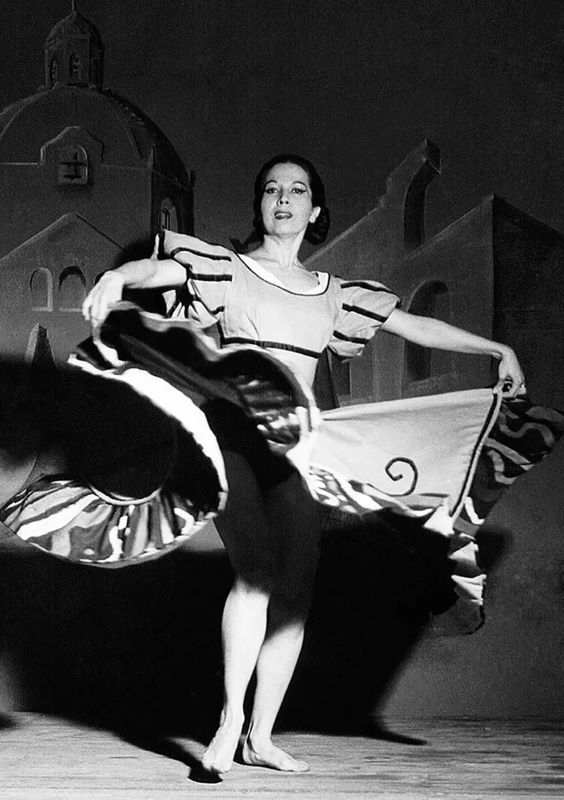Amalia Hernández's Folkloric Ballet of Mexico: A Celebration of Mexican Culture and Heritage
Discover the history and impact of Amalia Hernández's Folkloric Ballet of Mexico. Learn how this institution has become a cultural icon of national and international significance and how it continues to inspire a new generation of dancers and promote Mexican traditions around the world.





